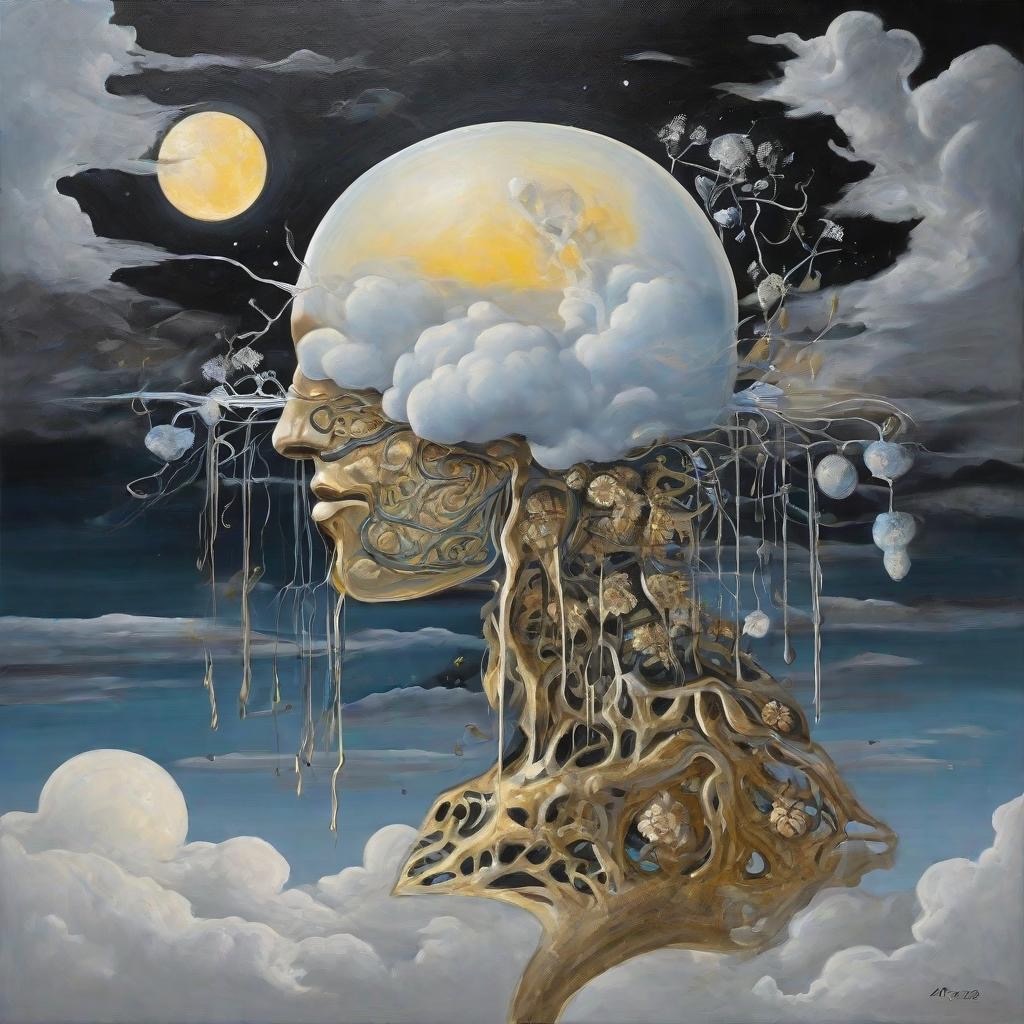🧠 Rethinking the Future: Inside the Vision of Education 2070
Inspired by the work of Inês Carvalho, Montserrat Iglesias & Stanislav Ivanov
As artificial intelligence reshapes everything from how we shop to how we socialise, a critical question emerges: How will we teach and learn in the world of 2070?
In Education 2070: A Conceptual Framework, Carvalho, Iglesias, and Ivanov don’t just peer into the future—they build a bridge between where we are and where we could be. Their work is more than speculation; it’s a provocative blueprint that invites educators today to start preparing for a radically different tomorrow.
But what’s behind their thinking? Why did they choose to explore such a distant future—and why now?
🌍 The Thought Process: A Fork in the Road
The authors begin by acknowledging a stark reality: AI is not just coming for the future—it’s already here. As generative AI systems write essays, generate lectures, and assess performance, educators face both opportunity and uncertainty.
To make sense of what lies ahead, the authors outline three possible societal scenarios:
- A dystopian world where most humans are deemed useless by a machine-led economy.
- A passive future where people are placated by entertainment and universal basic income.
- An optimistic vision—where AI is used for the common good, and education helps humans flourish beyond the confines of work.
Crucially, they choose to explore the third scenario. Why? Because it’s the only one where education still matters deeply. It’s a future in which human meaning, creativity, and responsibility remain essential—even in a world run by machines.
🧑🏫 Teachers and Students, Reimagined
One of the most fascinating ideas in the paper is the redefinition of what it means to be a teacher or student. The authors imagine a world where:
- Learners might have neural implants to boost memory and cognition.
- Teachers use AI assistants to tailor lessons and monitor student engagement in real-time.
- Both students and teachers are, in essence, transhumans—human beings enhanced by technology.
This is not science fiction. As AI, gene therapy, and brain-machine interfaces evolve, these transformations are already underway.
But the authors don’t stop at the “cool tech.” They emphasize that some things must remain human: moral agency, emotional growth, critical thinking, and the ability to act wisely in times of crisis—especially if the tech fails.
📚 Curriculum as a Lifeline
In a world where work is optional, what is education for?
The authors answer boldly: Education must be a gymnasium for the mind and soul. Instead of preparing students for jobs, we should cultivate:
- Wisdom
- Civic responsibility
- Human-AI collaboration
- Survival skills in case of technological collapse
They draw on thinkers like Gert Biesta, Martha Nussbaum, and even the classical idea of Bildung—education as a path to personal and societal transformation.
🧠 Additional Insight: The Role of Play and Leisure
One powerful, underexplored implication of this vision is the rise of “serious leisure”—a concept from Stebbins where learning becomes joyful, creative, and voluntary. In the authors’ vision, education could expand beyond classrooms into lifelong pursuits of hobbies, digital worlds, and self-expression.
This suggests a massive cultural shift: from pressure to performance, to curiosity and wonder. In such a society, the educator is not a gatekeeper but a guide—a co-explorer in a vast landscape of learning possibilities.
⚖️ Ethics, Equity, and the AI Divide
The paper does not shy away from ethical concerns. In fact, it centers them:
- How do we protect mental privacy when AI can track emotions?
- What happens if only the wealthy can afford cognitive enhancements?
- How do we teach students to recognize bias in AI systems that are themselves trained on human prejudice?
These are not tomorrow’s questions—they’re today’s. The article urges all stakeholders to prepare now, before policy and practice fall behind.
✨ Final Thought: This Is a Call to Imagination
Education 2070 isn’t a prediction—it’s a provocation. It reminds us that the future is not inevitable. The choices we make today will shape the tools, values, and structures of tomorrow’s schools.
And that’s the power of this article: it reclaims imagination as an essential tool of educational planning. If we can imagine a better future, we can begin to build it—one lesson, one teacher, one student at a time.

